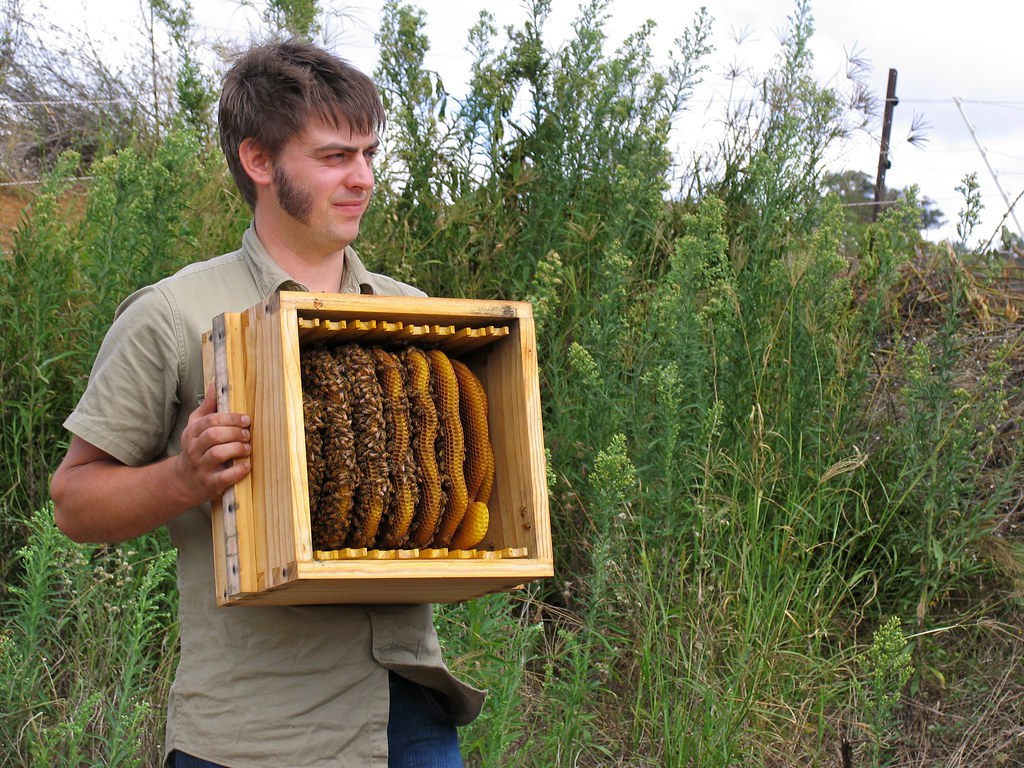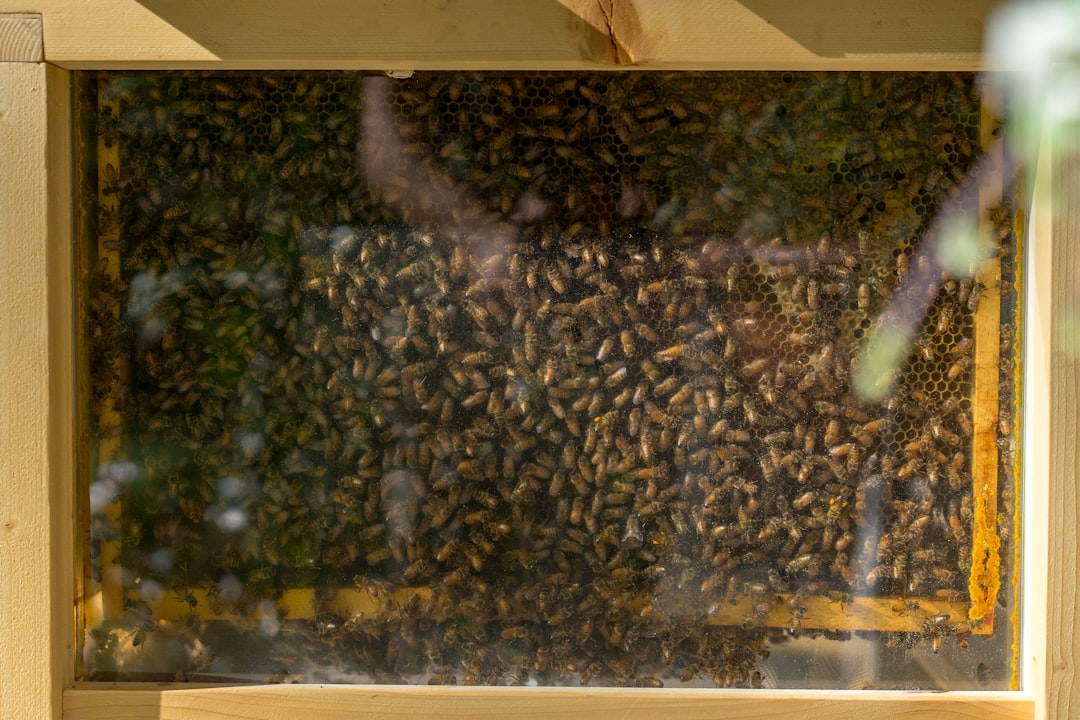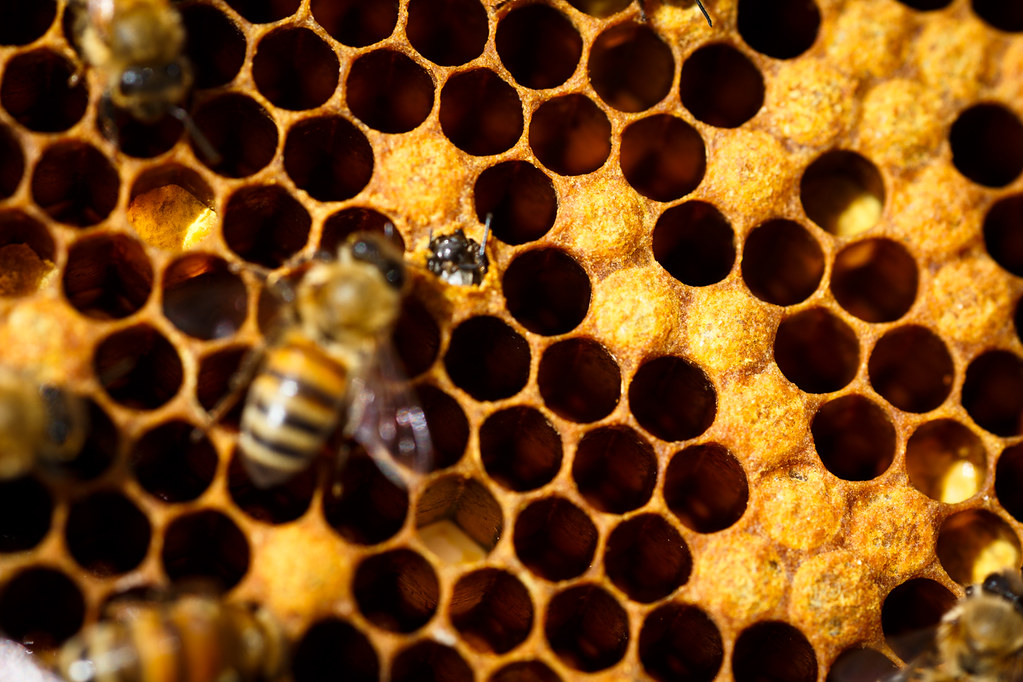Discover the fascinating world of urban beekeeping, a sustainable practice that's buzzing its way into city landscapes. Did you know that bees can thrive in urban environments, contributing to biodiversity and local food production? Dive into our guide to uncover the essentials of urban beekeeping, where you'll learn how to support these vital pollinators right in your backyard. Get ready to be part of a movement that's not only rewarding but also crucial for our planet's health.


Selecting the right location for your hives is paramount to the success of your beekeeping venture, especially in urban settings. The ideal location should provide a safe, quiet space away from direct foot traffic to minimize disturbance to the bees and the public. It's important to consider sun exposure; bees thrive in areas that receive morning sun and are shaded during the hottest part of the day. Access to water and a variety of flowering plants within a 3-mile radius is also crucial for their foraging needs. Additionally, consider local regulations and ensure that your chosen spot complies with any zoning laws or ordinances related to beekeeping in your area.
Understanding and choosing the right type of bees is a critical step for any aspiring beekeeper. The most common species for beekeeping is the Apis mellifera, or the European honey bee, which is prized for its honey production and adaptability to various climates. Within this species, there are several subspecies and breeds, each with its own characteristics. For example, the Italian bee is known for its gentleness and good honey production, making it a popular choice among beginners. On the other hand, the Russian bee is valued for its resistance to certain pests and diseases. When choosing your bees, consider your local climate, your beekeeping goals (such as honey production, pollination services, or wax production), and the bees' temperament to ensure a good fit for your urban beekeeping endeavors.
| Key Considerations for Urban Beekeeping | Details |
|---|---|
| Selecting the Right Location for Your Hives | Choose a location considering sunlight, wind protection, and water sources. |
| Understanding and Choosing Your Bees | Learn about the types of bees suitable for urban environments and how to source them. |
| Essential Equipment for Every Urban Beekeeper | Includes hives, suits, gloves, smokers, and tools for hive maintenance. |
| Maintaining Your Hive: Routine Inspections and Care | Regular hive inspection techniques to monitor health and productivity of bees. |
| Understanding Local Regulations | Understanding local regulations and obtaining necessary permits for urban beekeeping. |
| Joining Local Beekeeping Associations | Importance of joining local beekeeping associations for support and education. |
| Understanding Bees’ Foraging Needs | Planting bee-friendly plants to support bees’ foraging needs. |
| Managing Pests and Diseases | Managing pests and diseases specific to urban settings. |
| Harvesting and Processing Bee Products | Harvesting and processing honey and other bee products while ensuring the health of the colony. |
| Community Engagement | Being aware of neighbors and community concerns, and practicing respectful beekeeping. |
| Continual Education | Continual education on bee behavior, seasonal management, and environmental impacts on urban beekeeping. |
Before diving into the fascinating world of beekeeping, it's crucial to gather the right tools and equipment to ensure both your safety and the well-being of your bees. The most fundamental piece of equipment is the beekeeper's suit, which includes a veil, gloves, and a full-body suit to protect against stings. A high-quality suit is breathable yet impenetrable by bee stings. Next, you'll need a smoker and fuel; the smoke gently calms the bees, making hive inspections and management tasks safer and more manageable. Hive tools are indispensable for prying apart hive boxes and frames, which can become stuck together with propolis, a sticky substance produced by bees. Additionally, investing in a good quality brush for gently removing bees from surfaces without harming them is wise.
When it comes to the hive itself, there are several types to consider, including Langstroth, Top-Bar, and Warre hives, each with its own advantages and suited to different beekeeping philosophies and scales of operation. You'll also need frames and foundation for the bees to build their comb, as well as feeders for times when natural food sources are scarce. Lastly, don't forget a beekeeping journal to record observations, hive inspections, and any treatments or feedings you've administered. This record-keeping is invaluable for monitoring the health and productivity of your hive over time.

Urban beekeeping is not just a rewarding hobby; it's a crucial activity that supports the local ecosystem, promotes biodiversity, and contributes to sustainable urban living. As beginners delve into "Urban Beekeeping Essentials," they discover the importance of these tiny pollinators in maintaining the health and beauty of our surroundings—including those in charming towns like Westport, CT. Westport, a hidden gem, offers a plethora of best-kept secrets that range from its stunning natural landscapes to innovative community-driven initiatives. By incorporating urban beekeeping, residents and enthusiasts can further enrich this vibrant town, making it a beacon of sustainability and natural beauty. Discover more about this captivating town by exploring The Hidden Gem of Westport, CT: Discovering the Town’s Best-Kept Secrets.
Visit the University of Minnesota's Bee Lab at https://www.beelab.umn.edu/ for authoritative resources and educational materials.
Once your urban beekeeping setup is complete, ongoing maintenance becomes the key to a healthy and productive hive. Routine inspections and care are crucial components of hive maintenance, ensuring that your bees are healthy, the queen is present and laying eggs, and the hive is free from pests and diseases. Inspections should be conducted approximately every two weeks, although the frequency can vary depending on the time of year and the specific needs of your hive. During these inspections, beekeepers should check for the presence of eggs, which indicates a healthy queen, monitor the hive's food stores, and assess the overall health of the bee population. Additionally, it's important to manage the space within the hive effectively to prevent swarming and to ensure that the bees have enough room to grow. Careful attention to these details will help ensure that your urban beekeeping endeavor is successful and sustainable.